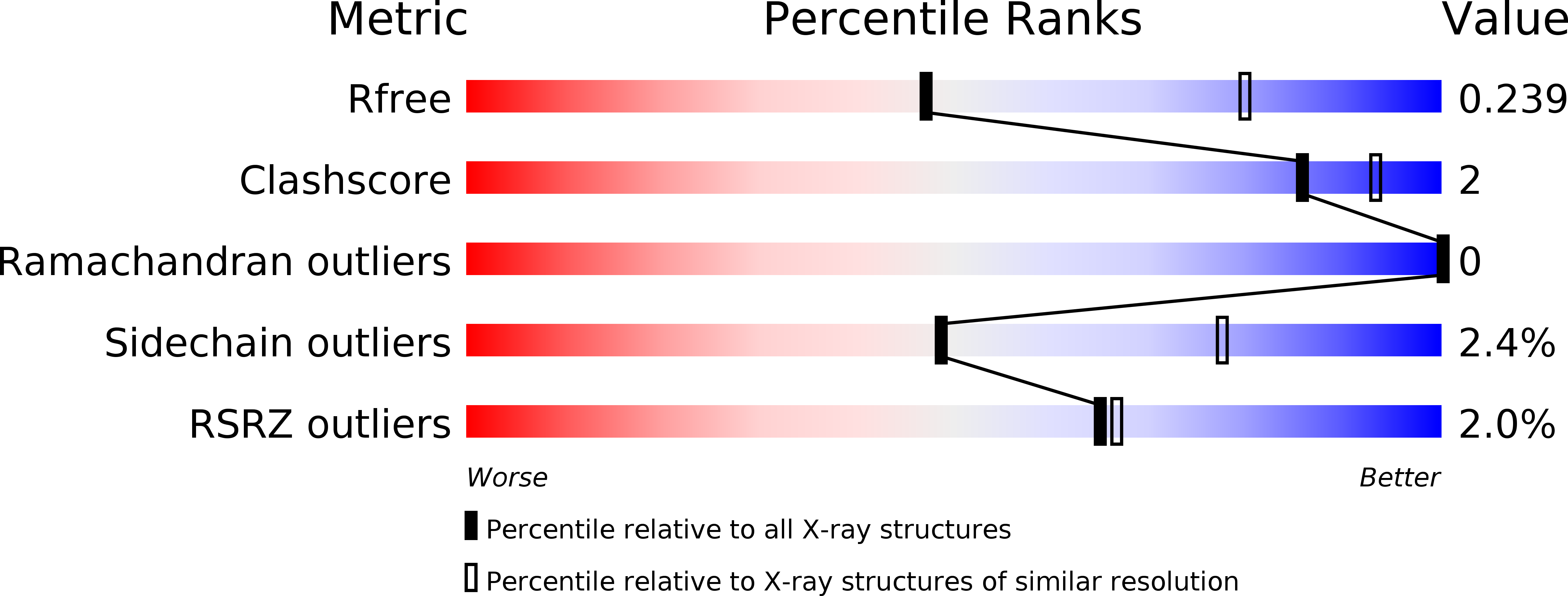
Deposition Date
2015-01-02
Release Date
2015-08-12
Last Version Date
2024-03-20
Entry Detail
PDB ID:
4XGQ
Keywords:
Title:
Crystal structure of addiction module from Mycobacterial species
Biological Source:
Source Organism:
Host Organism:
Method Details:
Experimental Method:
Resolution:
2.70 Å
R-Value Free:
0.23
R-Value Work:
0.20
R-Value Observed:
0.20
Space Group:
P 31 2 1


